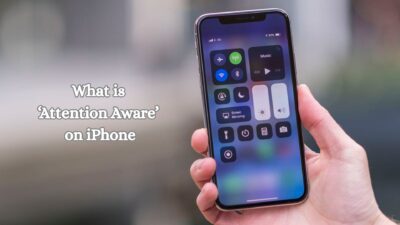Chromebooks use an online operating system, and the processes related to task and performance management are a bit different from Windows or Mac. Here’s how to use the task manager
Chromebooks have brought a cheaper, lighter, and on some occasions, faster alternative to a Windows or Mac laptop. As you know, Chromebooks do not use a Windows or Mac OS, instead, they use an online operating system while using cloud-hosted resources to run your computer. That said, there are certain things that you can do on a Chromebook without the internet. But let’s just say, you need the internet to bring out any kind of value from the Chromebook.
Since working on a Chromebook is more like replacing your OS with a browser, the traditional method of using your task manager doesn’t apply. Task managers are very important for a lot of us, especially if we are trying to get the most out of the computer. Resource allocation to certain tasks is essential, hence, you need to know how you can do it on Chromebooks. It’s surprisingly simple and quite intuitive. Let’s find out more.
Opening the Task Manager on a Chromebook
Step 1
You guessed it right. Open your Chrome browser.
Step 2
Click on the three vertical dots adjacent to the URL bar and hover on the More tools option from the dropdown menu. Then click on the Task manager from the box that pops out.
Shortcut
You can press Shift/Search + Esc on your keyboard to open the task manager.
How to use the Task Manager?
When your Chromebook starts to lag while performing a task it is likely because some other process is eating up too much CPU power, GPU, or network strength. The task manager helps you look at all the processes run by the OS at that point along with metrics associated with each task like GPU memory, network, CPU usage, and Task ID.
If you can locate a task that is using too many resources and might be the cause of deterioration in performance, you can decide to end that task. But you have to make sure that you are not using that particular task at that moment.
If you cannot recognize the purpose of a task or feel doubtful about whether you can shut it down without losing any progress or hindering your current task, you can simply run a search on Google with the name of the task and find out what it does.
Also Read – What is Media Monitoring? Is It Really Important For A Brand?
How to end a Task?
Once you have spotted the tasks that are using a significant portion of your GPU or CPU but are not contributing to your current priorities, you can end that task in two clicks.
Step 1
Click on the name of the task you want to stop.
Step 2
Click on the End process button located at the bottom-right corner of the task manager.
If you want to dig deeper and find out a wider array of information about the resources used by a particular task, you can just right click on the name of the task and a box will pop out with more detailed options like Image cache, Process ID, Script cache, Process priority, etc.
Chromebooks are not built for tasks that are too GPU heavy. There are certain things that require a Windows or Mac OS, but if your PC usage consists of browsing the internet, working with web-based tools and small-scale designing, and playing lightweight games, a Chromebook is likely to suffice, even surprise you with its efficiency in certain situations.
If you can learn all the keyboard shortcuts, and the tricks to manage the tasks, you will find that a Chromebook is a pretty powerful tool for an array of purposes.




